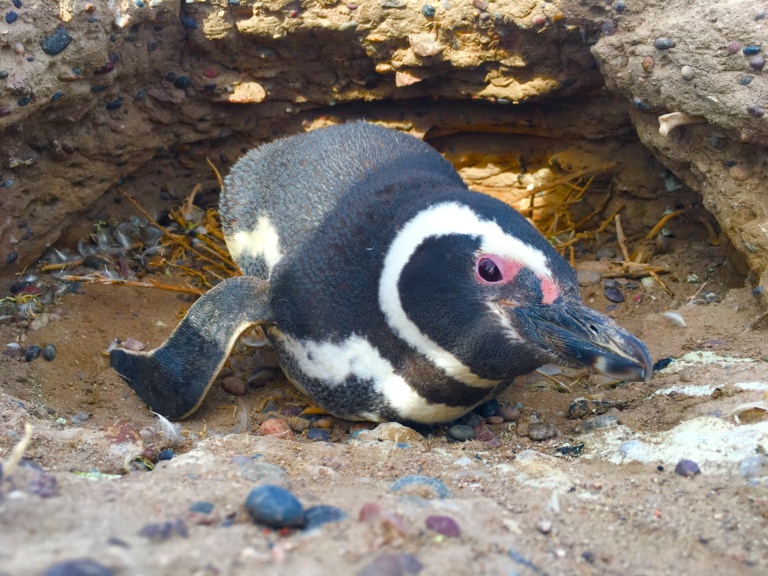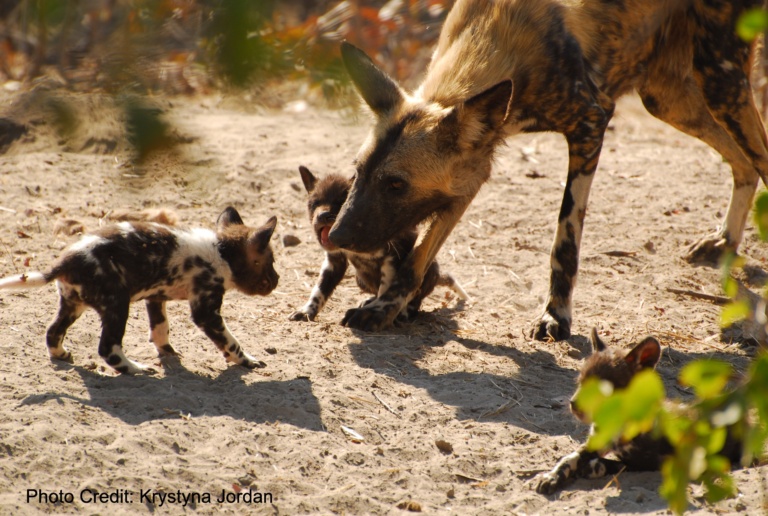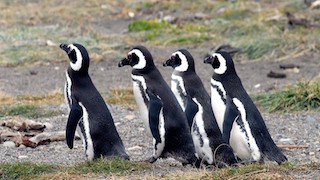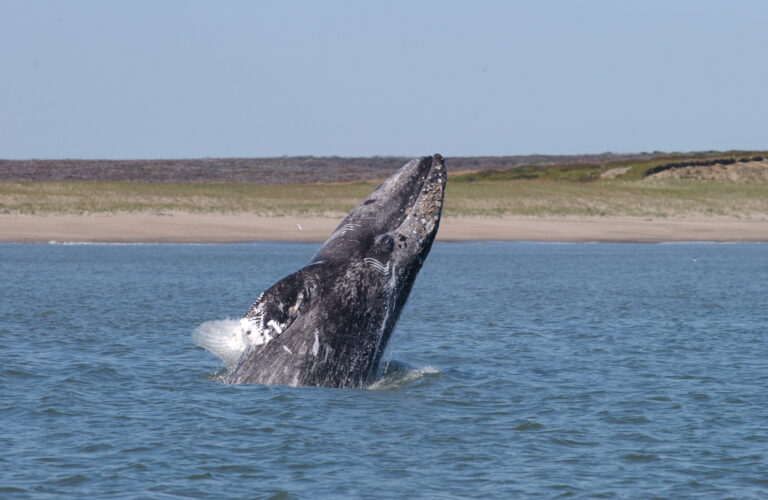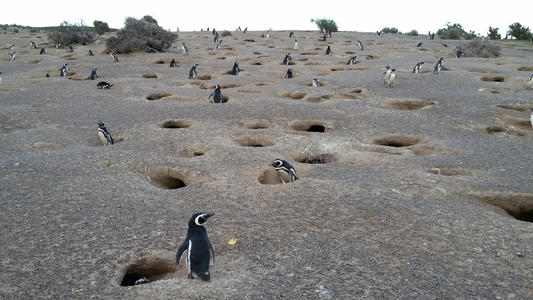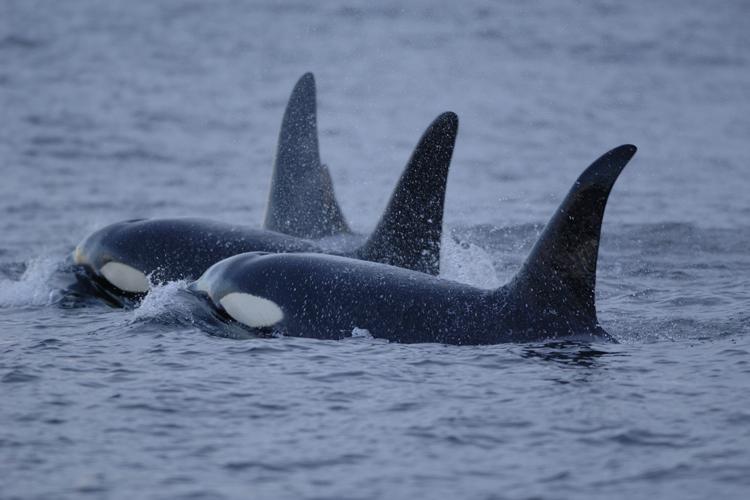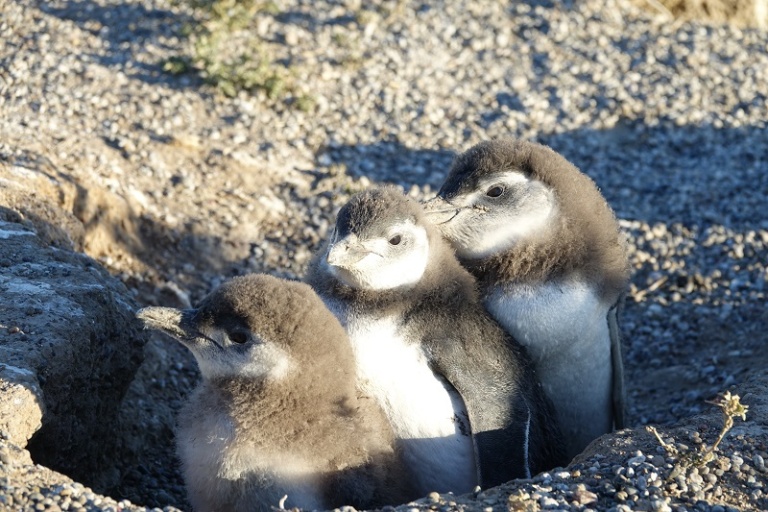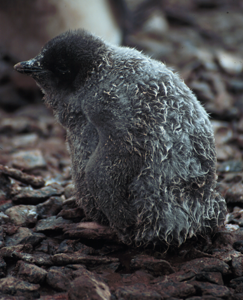Climate presses and pulses mediate the decline of a migratory predator
Authors: T. J. Clark-Wolf, P. Dee Boersma, Ginger A. Rebstock, and Briana AbrahmsJournal: Proceedings of the National Academy of SciencesDOI: 10.1073/pnas.2209821120 Long-term climate changes and extreme climate events differentially impact animal populations, yet whether and why these processes may act synergistically or antagonistically remains unknown…
Climate presses and pulses mediate the decline of a migratory predator Read More »

